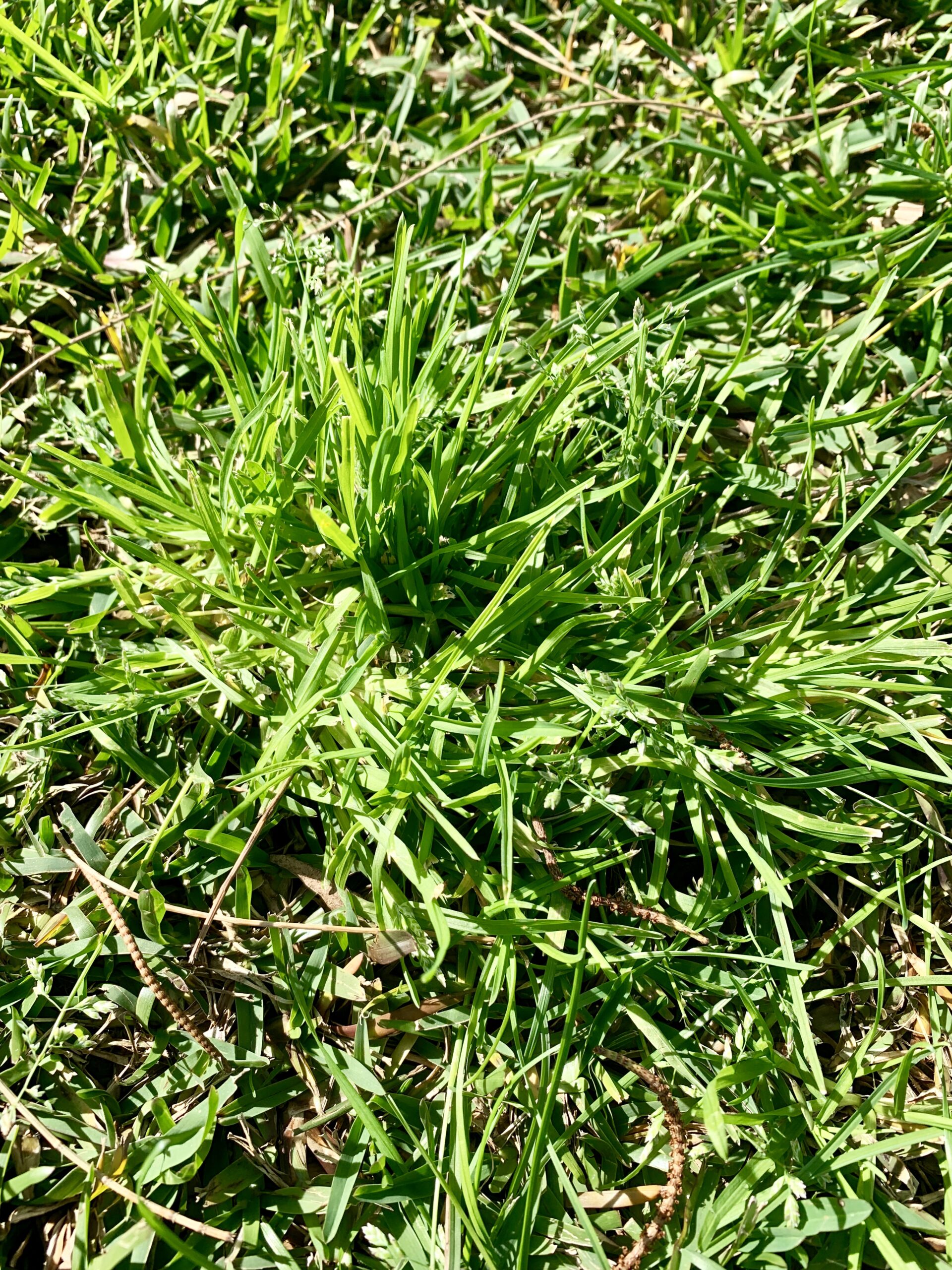How do I stop weeds from growing in my turf?
The best way to stop weeds from growing in your turf is to keep your lawn as healthy as possible. This involves fertilising every 6-8 weeks during the growing season (spring and summer) and ensure that you fertilise your lawn with a quality slow release fertiliser at the beginning of winter and utilise a foliar spray over winter if necessary. Correct watering is also essential to the good health of your turf. If weeds do appear, hand weeding while they are young is a simple method of removing them. If an infestation of weeds is severe, then weed spray is the best way to control them.
DOWNLOAD: Bayer Turf Weed, Pests and Diseases Identification Guide
Further Reading
https://www.agric.wa.gov.au/control-methods/lawn-problems
How often should I water my lawn and when?
Ideally deep watering is the key to a healthy lawn. In WA scheme water users can water twice a week applying 10ml of water per watering. Watering should be deep enough to encourage deeper root growth which will result in the root base making good use of the moisture content in the subsoil. In winter in WA we have winter sprinkler ban. http://www.water.wa.gov.au/Managing+water/Domestic+garden+bores/Winter+sprinkler+ban/default.aspx#1
With current watering limitations you should refer to the following links for your watering days and other information. For scheme water users please refer to http://www.watercorporation.com.au/save-water/watering-days?cid=sem0201&s_kwcid=%2Bwater%20%2Bcorporation%20%2Bwatering%20%2Bdays&gclid=COCqjd_pmL0CFc7QpAodDlUA-A and for bore water users https://www.water.wa.gov.au/urban-water and https://www.wa.gov.au/service/building-utilities-and-essential-services/water-supply/check-garden-bore-water-restrictions
How often should I top-dress my lawn?
Top dressing is unnecessary unless the ground is uneven and presents a mowing problem or safety risk. Using a good top quality dressing mix that is free of weeds and seeds is important as the added organics will benefit the lawn and you are not importing problems to you lawn. It is recommended that you fertilise prior to top dressing. Do not bury the leaves of the turf as it may not grow through the top dressing. Always level out the soil or sand.
What should I use to correctly fertilise my lawn and how?
There are many views on the right time to fertilise your lawn, what to fertilise with, and how much to put on.
However, with any fertilising regime, the most important aspect, is to give your turf the most benefit without compromising the environment. Nutrient leaching can damage waterways, that’s why the Department of Water introduced regulation back in 2010, to limit the amount of Phosphorous (P) in packaged fertilisers. The maximum amount of P, in turf fertilisers shouldn’t exceed 1%.
So, what is the best and how often should you use it?
This will always depend on the brand and the nutrient content. A turf farms rule of thumb for your lawn is little and often is best. A well-balanced fertiliser will have your 3 main nutrients: N: Nitrogen, P: Phosphorous and K: Potassium. Trace elements like Iron, Calcium, Manganese, and Magnesium are a few that should also be in a well-balanced blend. Try and source Slow Release Fertilisers, as these will slowly release their nutrient available to the turf over a longer period of time. The plant will have more access to these nutrients and will show more steady growth, making them easier to maintain. Some fertilisers can range from 25% slow release all the way up to 74.5%.
Quick-release, or “one-hit wonder” fertilisers, give your plant a flush of growth, but with little or no nutrient availability afterwards. Most of this, (if applied too heavy), is going to be leached away once watered in, and your turf will have to wait until the next application. So, try and avoid these types of fertilisers if you can.
Ideally, you should apply at least 4 times per year. At the start of September (Spring), December (Summer), March (Autumn), and June (Winter). Again, slow-release fertilisers will last longer, and applying lightly and more often is best. Note: if you think your lawn requires nutrition or essential elements over winter, a folia spray is recommended. “Foliar feeding is a technique of feeding plants by applying liquid fertilizer directly to their leaves. Plants are able to absorb essential elements through their leaves. The absorption takes place through their stomata and also through their epidermis.”
Remember a healthy, well-fed lawn will stay green all year round, will have a nice thick mat for less weed invasion and will be aesthetically nicer to look at. It’s not hard to have a nice lawn, and a few fertilising tips can go a long way. If you’re not sure, contact your local Turf Supplier and see what they can supply you.


